Commercial aviation has transformed global connectivity, making air travel one of the safest forms of transportation available today.
However, the history of flight is punctuated by devastating accidents that have claimed thousands of lives and fundamentally altered how the aviation industry approaches safety.
Worst Plane Crashes in the World
These 10 tragic events serve as reminders of the delicate balance between human ingenuity and the forces of nature, technology, and human fallibility that govern flight.
1. The Tenerife Airport Disaster

The deadliest aviation accident in history unfolded on March 27, 1977, at Los Rodeos Airport (TFN) in the Canary Islands. Two Boeing 747 jumbo jets, operated by KLM (KL) and Pan Am (PA), collided on the runway during takeoff, resulting in 583 fatalities.
The disaster occurred when dense fog enveloped the airport, severely limiting visibility and creating chaotic conditions for air traffic control.
The sequence of events began when both aircraft were diverted to the small Canary Island airport due to a terrorist incident at Gran Canaria Airport (LPA). As the fog thickened, communication between the control tower and the aircraft became increasingly problematic.
The KLM (KL) flight, piloted by Jacob van Zanten, began its takeoff roll while the Pan Am (PA) aircraft was still taxiing on the same runway. Despite frantic radio calls and last-minute evasive manoeuvres, the collision proved unavoidable.
This catastrophe revolutionised aviation communication protocols worldwide. The industry implemented standardised phraseology, improved ground radar systems, and enhanced crew resource management training. The disaster highlighted the critical importance of clear communication and situational awareness in preventing accidents.
2. Japan Airlines Flight 123
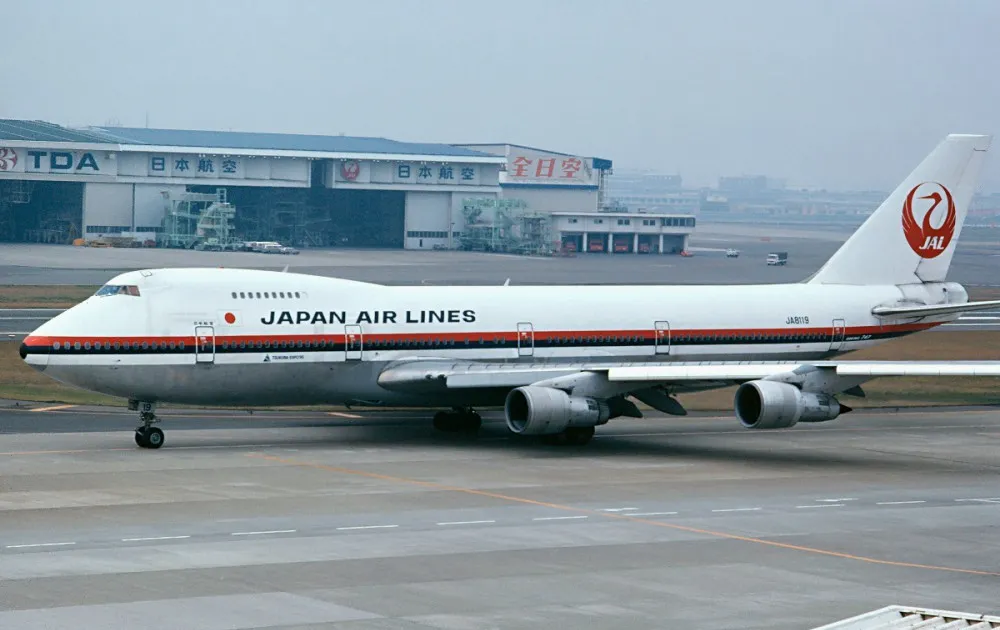
August 12, 1985, marked one of aviation’s darkest days when Japan Airlines (JL) Flight 123 crashed into Mount Takamagahara, killing 520 people in the deadliest single-aircraft accident in history. The Boeing 747SR was en route from Tokyo (HND) to Osaka (KIX) when a catastrophic failure of the rear pressure bulkhead caused rapid decompression and loss of hydraulic control.
The bulkhead had been improperly repaired 7 years earlier following a tailstrike incident. The faulty repair created a stress concentration that eventually led to metal fatigue and complete structural failure. For 32 agonising minutes, the crew fought to control the aircraft as it pitched and rolled uncontrollably through the sky. Despite their heroic efforts, the plane ultimately crashed into a mountainside.
This tragedy emphasised the critical importance of proper maintenance procedures and quality control in aviation. It led to enhanced inspection protocols, improved repair techniques, and stricter oversight of maintenance operations across the industry.
3. Charkhi Dadri Mid-Air Collision
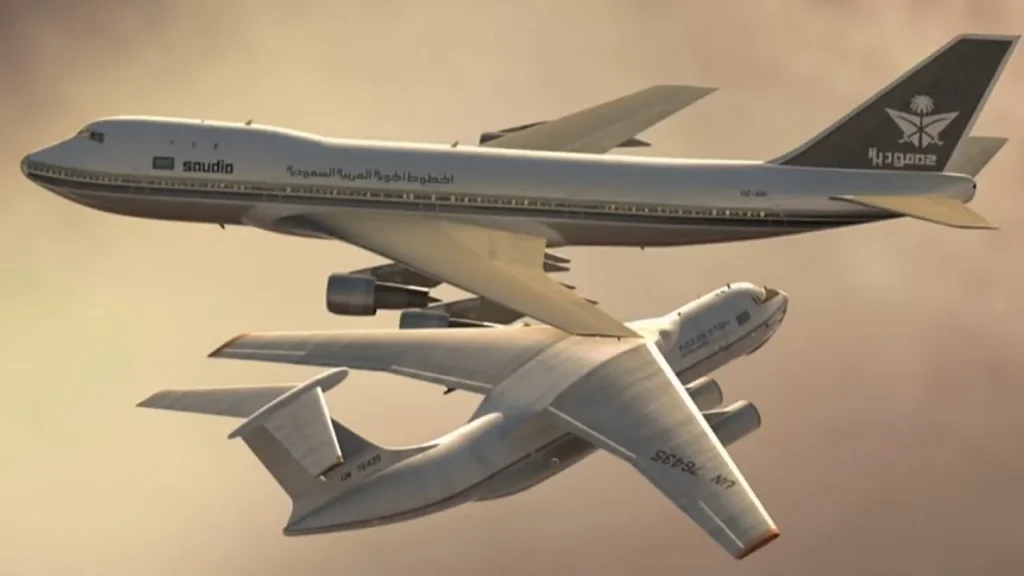
The skies over India witnessed one of aviation’s most devastating mid-air collisions on November 12, 1996. Saudi Arabian Airlines (SV) Flight 763, a Boeing 747, collided with Kazakhstan Airlines (KZ) Flight 1907, an Ilyushin Il-76, near New Delhi. All 349 people aboard both aircraft perished in the impact.
The collision occurred when the Kazakhstani crew failed to maintain their assigned altitude and descended into the path of the Saudi aircraft. Language barriers and inadequate English proficiency among the crew contributed to the miscommunication with air traffic control. The accident highlighted the dangers of language barriers in international aviation and the need for standardised communication protocols.
Following this disaster, India mandated the installation of Traffic Collision Avoidance Systems (TCAS) on all commercial aircraft operating in its airspace. The incident also reinforced the importance of English language proficiency requirements for international flight crews.
4. Saudi Arabian Flight 163
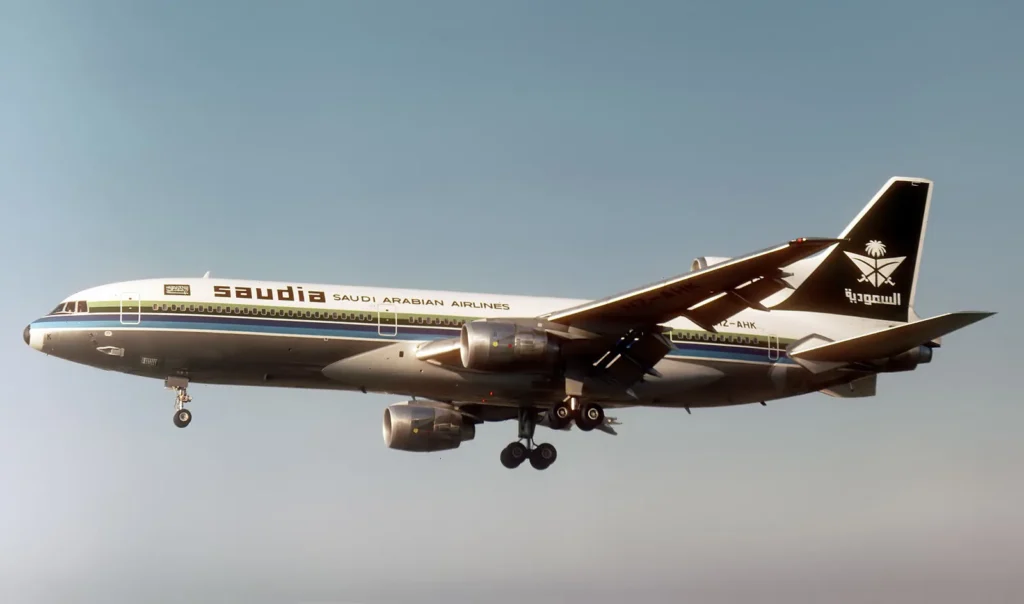
On August 19, 1980, Saudi Arabian (SV) Flight 163 experienced a cargo compartment fire shortly after takeoff from Riyadh. Although the Lockheed L-1011 managed to return to the airport and land safely, all 301 people aboard died from smoke inhalation and toxic fumes. The tragedy occurred because the crew delayed evacuation procedures, allowing deadly smoke to fill the cabin.
The aircraft had been on the ground for several minutes before rescue teams could access it, but by then it was too late. The passengers and crew had already succumbed to the toxic environment inside the aircraft. This disaster fundamentally changed emergency response procedures and highlighted the critical importance of rapid evacuation following any aircraft fire.
The accident led to improvements in fire suppression systems, enhanced crew training for fire emergencies, and stricter protocols for immediate evacuation procedures. It demonstrated that surviving the initial emergency is only the first step in ensuring passenger safety.
5. Malaysia Airlines Flight MH17

The shooting down of Malaysia Airlines (MH) Flight MH17 on July 17, 2014, shocked the world and claimed 298 innocent lives. The Boeing 777 was en route from Amsterdam (AMS) to Kuala Lumpur (KUL) when it was struck by a surface-to-air missile over eastern Ukraine, where military conflict was ongoing between Ukrainian forces and pro-Russian separatists.
The aircraft was flying at 33,000 feet, well within normal commercial aviation altitudes, when a Buk missile system hit it. The attack scattered debris across a wide area of the Ukrainian countryside, making recovery efforts extremely challenging. International investigations later concluded that the missile was fired from separatist-controlled territory.
This tragedy highlighted the risks of operating commercial flights over conflict zones and led to enhanced intelligence sharing between aviation authorities and military organisations. Airlines worldwide have begun implementing more rigorous route planning procedures to avoid potentially hazardous airspace.
6. Iran Air Flight 655

One of the most controversial aviation disasters occurred on July 3, 1988, when Iran Air (IR) Flight 655 was shot down by the USS Vincennes over the Persian Gulf. The Airbus A300 was carrying 290 passengers and crew on a routine domestic flight when it was struck by 2 surface-to-air missiles fired by the American warship.
The USS Vincennes crew mistakenly identified the civilian aircraft as an Iranian F-14 Tomcat fighter jet, despite the plane following a normal commercial flight path and broadcasting on civilian frequencies. The tragedy occurred during heightened tensions between the United States and Iran, contributing to the confusion and tragic outcome.
This incident led to significant changes in military rules of engagement and improved coordination between military and civilian aviation authorities. It also emphasised the importance of positive aircraft identification before taking hostile action.
7. American Airlines Flight 191
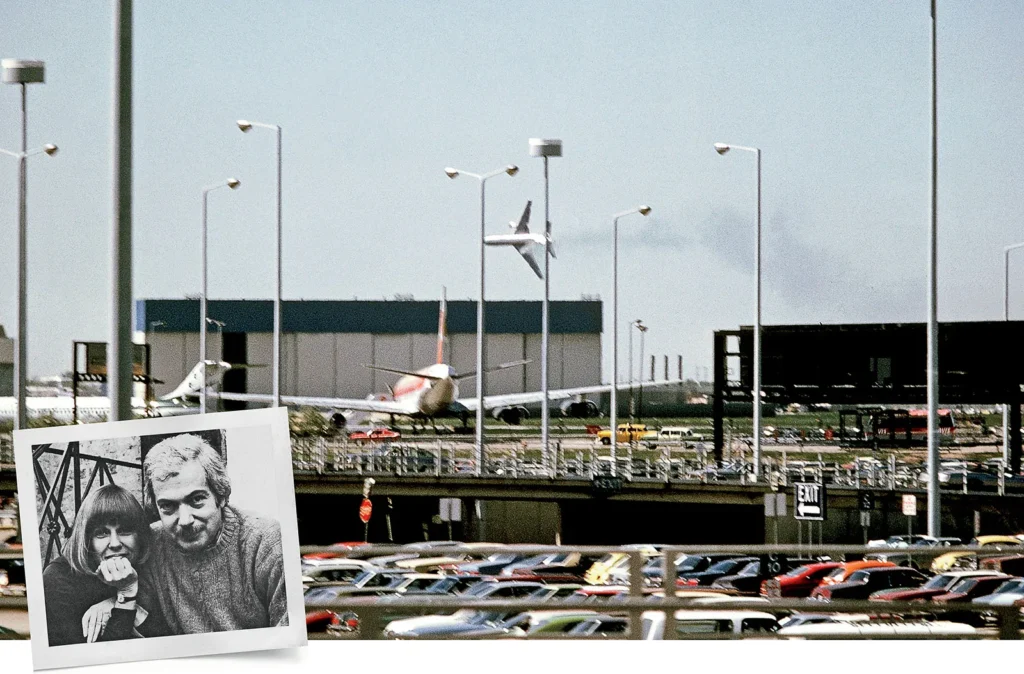
The deadliest aviation accident in United States history occurred on May 25, 1979, when American Airlines (AA) Flight 191 crashed shortly after takeoff from Chicago O’Hare International Airport (ORD).
The McDonnell Douglas DC-10 lost its left engine during rotation, causing the aircraft to roll uncontrollably and crash into a field, killing all 271 people aboard and two on the ground.
The engine separation was caused by a crack in the pylon that mounted the engine to the wing. The crack had developed due to improper maintenance procedures that put excessive stress on the pylon structure.
When the engine separated, it also severed hydraulic lines and electrical systems, leaving the crew with no means to control the aircraft.
This accident led to significant changes in maintenance procedures, particularly regarding engine removal and installation. It also resulted in design improvements to prevent single-point failures from causing complete loss of control.
8. Pan Am Flight 103

The bombing of Pan Am (PA) Flight 103 over Lockerbie, Scotland, on December 21, 1988, remains one of the most heinous acts of aviation terrorism in history.
The Boeing 747 was destroyed by a plastic explosive device hidden in a radio-cassette player, killing all 259 people aboard and 11 residents of Lockerbie below.
The bomb was traced to Libyan intelligence agents, leading to years of international diplomatic tensions and sanctions. The investigation revealed significant security lapses in baggage screening and passenger-baggage reconciliation procedures at various airports.
This tragedy revolutionised aviation security worldwide, leading to enhanced baggage screening technologies, improved passenger identification procedures, and stricter security protocols at airports globally. It marked a turning point in how the aviation industry approaches the threat of terrorism.
9. Air India Flight 182

On June 23, 1985, Air India (AI) Flight 182 was destroyed by a bomb while flying over the Atlantic Ocean, killing all 329 people aboard. The Boeing 747 was en route from Toronto (YYZ) to Delhi (DEL) when the explosive device detonated in the cargo hold, causing the aircraft to break apart and crash into the ocean.
The bombing was linked to Sikh extremists seeking revenge for the Indian government’s operation against the Golden Temple in Amritsar. The investigation revealed serious security failures and intelligence lapses that allowed the bombers to place their devices aboard the aircraft.
This disaster led to enhanced baggage screening procedures, improved passenger-baggage reconciliation systems, and better coordination between intelligence agencies and aviation security authorities. It demonstrated the global nature of aviation terrorism threats.
10. EgyptAir Flight 990
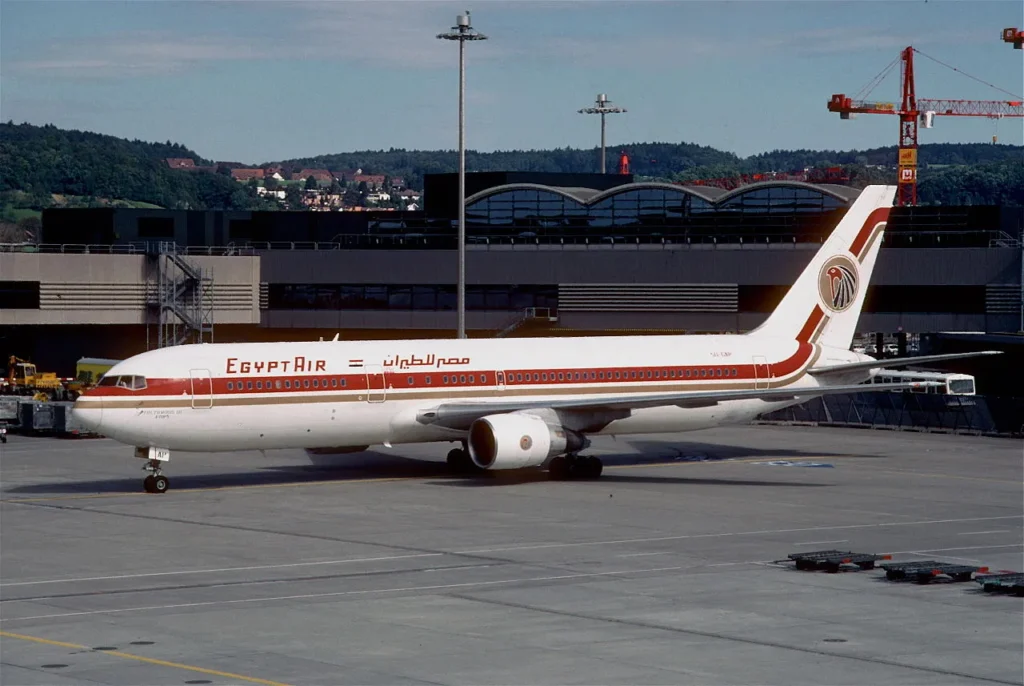
The crash of EgyptAir (MS) Flight 990 on October 31, 1999, remains one of aviation’s most controversial accidents. The Boeing 767 plunged into the Atlantic Ocean shortly after departing New York’s JFK Airport, killing all 217 people aboard. American investigators concluded that the co-pilot deliberately crashed the aircraft, while Egyptian authorities disputed this finding.
The flight data recorder revealed that the autopilot was disconnected and the aircraft was put into a steep dive while the captain was absent from the cockpit. The co-pilot’s actions during the emergency suggested possible suicidal intent, though Egyptian investigators argued that mechanical failure was the cause.
This incident highlighted the importance of pilot mental health screening and monitoring programs. It also led to enhanced security measures in cockpits and improved procedures for handling crew psychological issues.

Bottom Line
These 10 aviation disasters represent more than mere statistics; they are profound human tragedies that have shaped the modern aviation industry.
Each accident has contributed to the development of safer aircraft, improved training procedures, enhanced security measures, and more sophisticated safety management systems.
The lessons learned from these disasters have made commercial aviation remarkably safer, ensuring that such catastrophic events become increasingly rare in our interconnected world.
Stay tuned with us. Further, follow us on social media for the latest updates.
Join us on Telegram Group for the Latest Aviation Updates. Subsequently, follow us on Google News
The post Top 10 Worst Plane Crashes in the World appeared first on Aviation A2Z.

